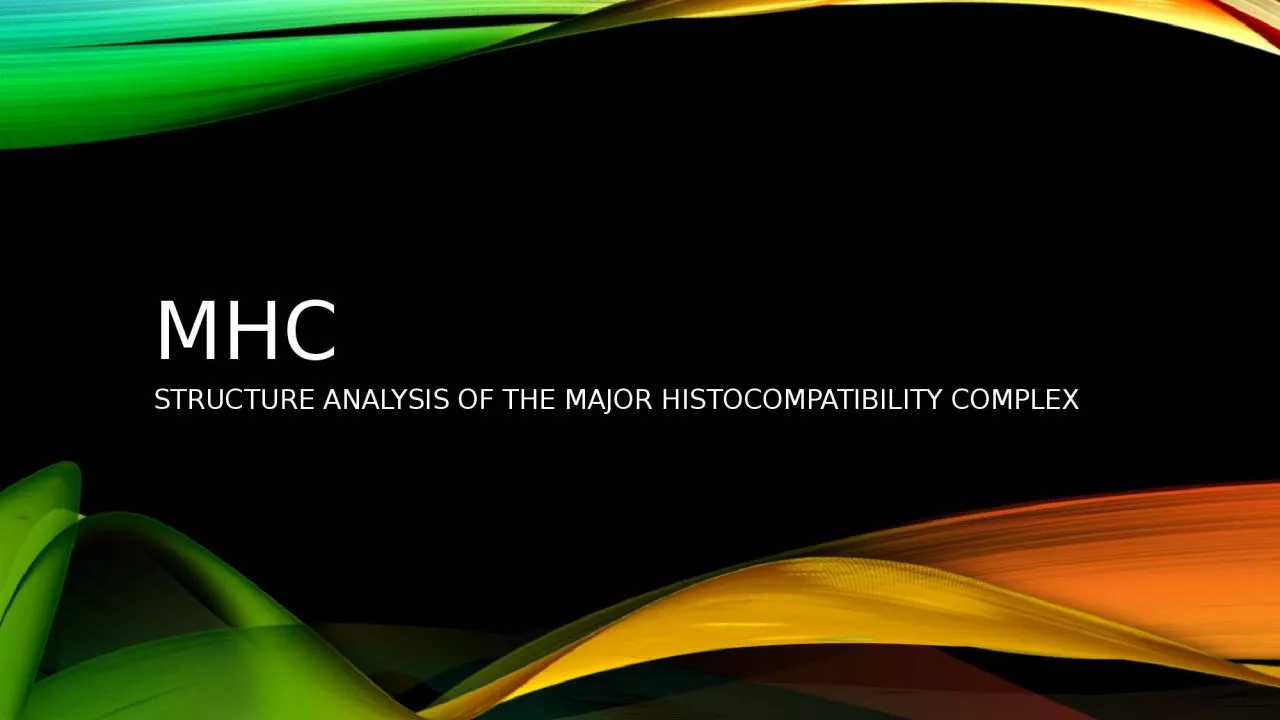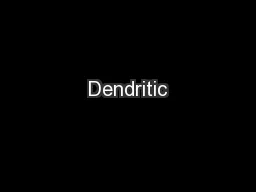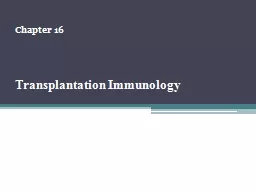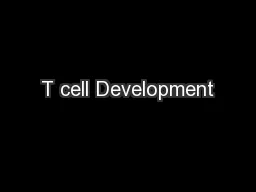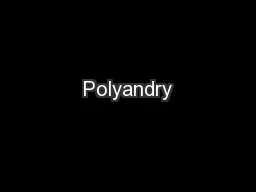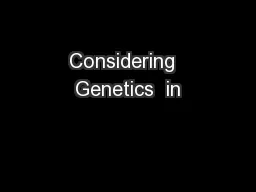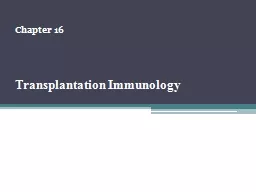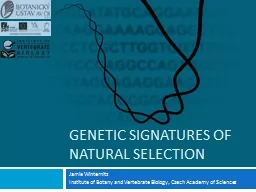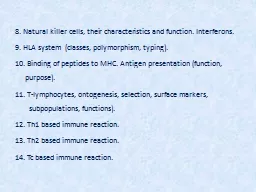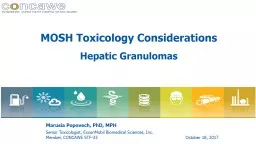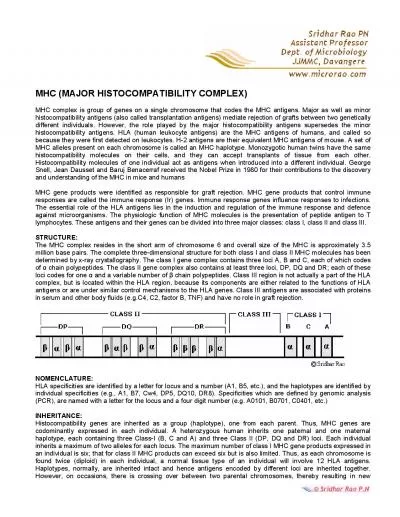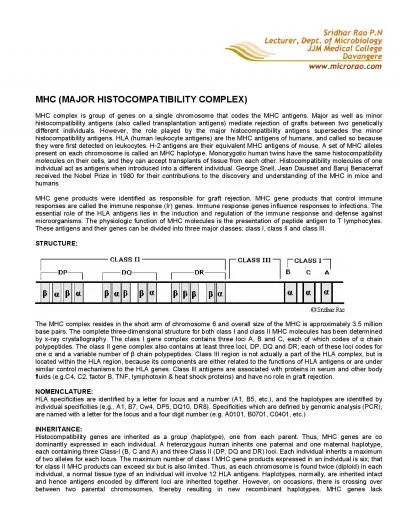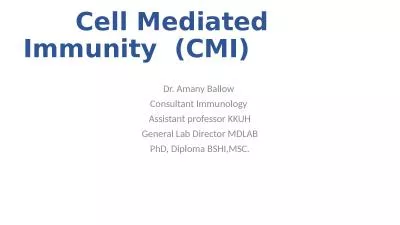PPT-MHC STRUCTURE ANALYSIS OF THE MAJOR HISTOCOMPATIBILITY COMPLEX
Author : molly | Published Date : 2022-06-15
SUMMARY 1 Introduction 2 MHC class II structure 3 Labile regions 4 NonClassical HLA 5 The peptide binding site 6 CD4 HLA interaction 7 Conclusions INTRODUCTION
Presentation Embed Code
Download Presentation
Download Presentation The PPT/PDF document "MHC STRUCTURE ANALYSIS OF THE MAJOR HIST..." is the property of its rightful owner. Permission is granted to download and print the materials on this website for personal, non-commercial use only, and to display it on your personal computer provided you do not modify the materials and that you retain all copyright notices contained in the materials. By downloading content from our website, you accept the terms of this agreement.
MHC STRUCTURE ANALYSIS OF THE MAJOR HISTOCOMPATIBILITY COMPLEX: Transcript
Download Rules Of Document
"MHC STRUCTURE ANALYSIS OF THE MAJOR HISTOCOMPATIBILITY COMPLEX"The content belongs to its owner. You may download and print it for personal use, without modification, and keep all copyright notices. By downloading, you agree to these terms.
Related Documents

